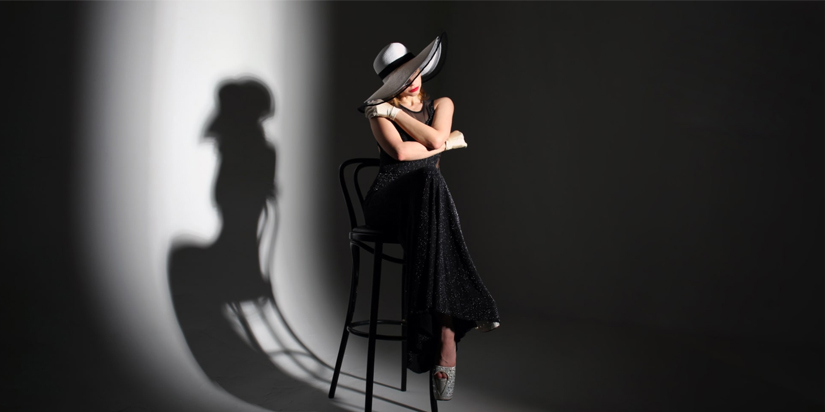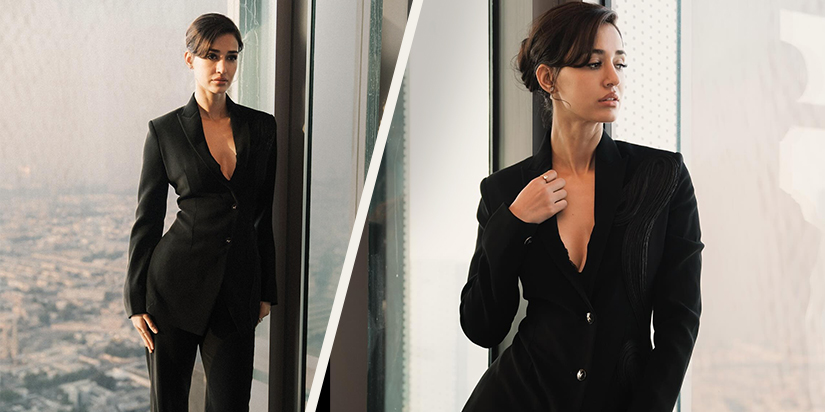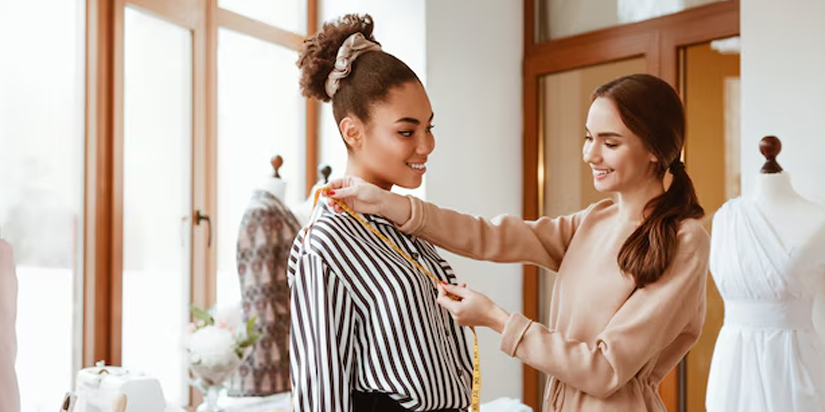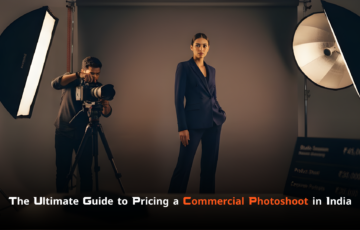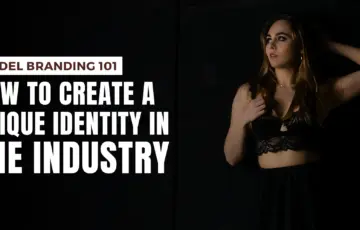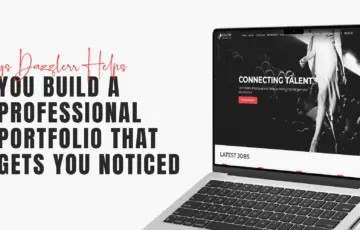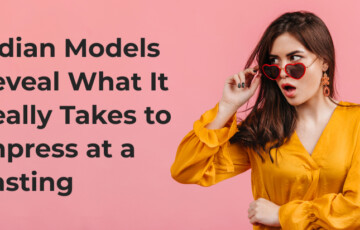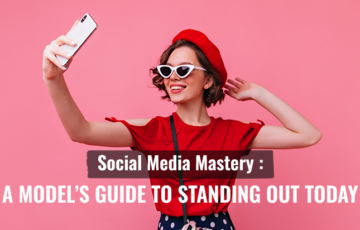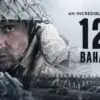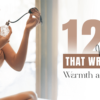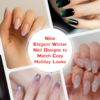Are you thinking about stepping into the modeling world but confused by all the fancy words people use? You’re not alone. Modeling has its own language, full of terms that might sound confusing at first. But don’t worry! Once you understand these common modeling terms, you’ll feel more confident whether you’re at a photoshoot, casting call, or runway.
In this blog, we’ll break down all the important modeling terms you need to know. We’ll keep it simple and easy to understand, just like having a friend explain it to you. Let’s get started!
1. Portfolio
Your portfolio is your collection of the best modeling photos. Think of it as your resume but with pictures. Agencies and clients look at your portfolio to see how you pose, how you look on camera, and how many types of styles you can work with. Always keep your portfolio updated with your latest and strongest work.
2. Comp Card (Composite Card)
A comp card is like a mini version of your portfolio. It usually has one headshot and a few other pictures, along with your basic info—height, eye color, measurements, and contact details. You bring your comp card to castings to leave behind with agencies or clients.
3. Casting Call
A casting call is like a job interview for models. You go in, meet the team, show your portfolio or comp card, and sometimes take a few quick pictures or walk. If they like you, they’ll book you for the job.
4. Go-See
A go-see is very similar to a casting call, but it’s usually more informal. It’s a chance for photographers, designers, or brands to see you in person and decide if they want to work with you.
5. Runway (or Catwalk)
The runway is the platform models walk on during fashion shows. Your walk, posture, and attitude on the runway are super important. A good runway model knows how to carry clothes with style and confidence.
6. Editorial vs. Commercial Modeling
Editorial modeling is high-fashion work seen in magazines like Vogue or Elle. It’s more creative, artistic, and stylish.
Commercial modeling is more everyday stuff—like ads for food, clothes, or skincare. If you have a friendly, relatable look, this might be your area.
7. Test Shoot
A test shoot is a photoshoot done to build or update your portfolio. It can be done with a new photographer or team to try out new looks. Sometimes it’s free (called TFP – Time for Print), where both you and the photographer benefit by using the pictures.
8. TFP (Time for Print / Trade for Print)
TFP means both you and the photographer are not paid, but you both get to use the photos for your portfolios. It’s a great way for new models to gain experience and add to their portfolios without spending money.
9. Model Agency / Modeling Agency
A modeling agency helps you find jobs. They represent you and connect you with clients. They also help guide your career and take a small percentage from your pay. If you’re serious about modeling, working with a trusted agency is a big step.
10. Booking
When you get hired for a modeling job, it’s called a booking. The person who gives you the job is called a booker or agent.
11. Headshot
A headshot is a close-up photo of your face. It’s clean, clear, and natural—often without heavy makeup or filters. It helps agencies and clients see your real look.
12. Full Body Shot
A full body shot shows you from head to toe. It’s important because clients want to see your full proportions and how clothes fit your body.
13. Polaroids / Digitals
These are simple, natural photos taken in good light—usually with no makeup, no filters, and plain clothes. Agencies use these to see your raw look. They’re often taken when you first sign with an agency or when you go to castings.
14. Walk-In
Some agencies let you come in without an appointment. This is called a walk-in. You show your portfolio, digital, and maybe walk a little. It’s a chance to be discovered.
15. Measurements
Your measurements include your height, bust, waist, hips, and shoe size. These numbers help agencies and brands know if you’re the right fit for their clothes or project.
16. Posing
Posing means how you stand, move, and express yourself in front of the camera. A good model knows how to use different poses to bring a look or product to life.
17. Tear Sheet
A tear sheet is a printed page from a magazine or catalog showing your work. It’s proof that your modeling was published. It’s great for your portfolio and helps build your professional image.
18. Showroom
A showroom model works directly with designers and buyers to show clothing samples in person. It’s different from walking a runway or doing a photoshoot. It’s more about helping sell the clothes to stores.
19. Fittings
Before a fashion show or shoot, you may attend a fitting. This is where designers check if the clothes fit you right. Sometimes, they make changes so the outfit looks perfect on you.
20. Callback
If the client likes you after the first casting or go-see, they might call you again for a callback. It means you’re one of the top choices for the job.
Conclusion
Now that you know these common modeling terms, you’re better prepared to step into the world of fashion with confidence. Learning the language of modeling helps you understand what’s expected, communicate better, and grow your career faster.
Whether you’re heading to your first casting or updating your portfolio, knowing these terms will help you stay one step ahead. Keep practising, stay confident, and always be professional.
And if you’re looking for more tips, updates, or modeling opportunities, Dazzlerr is the place to be!


